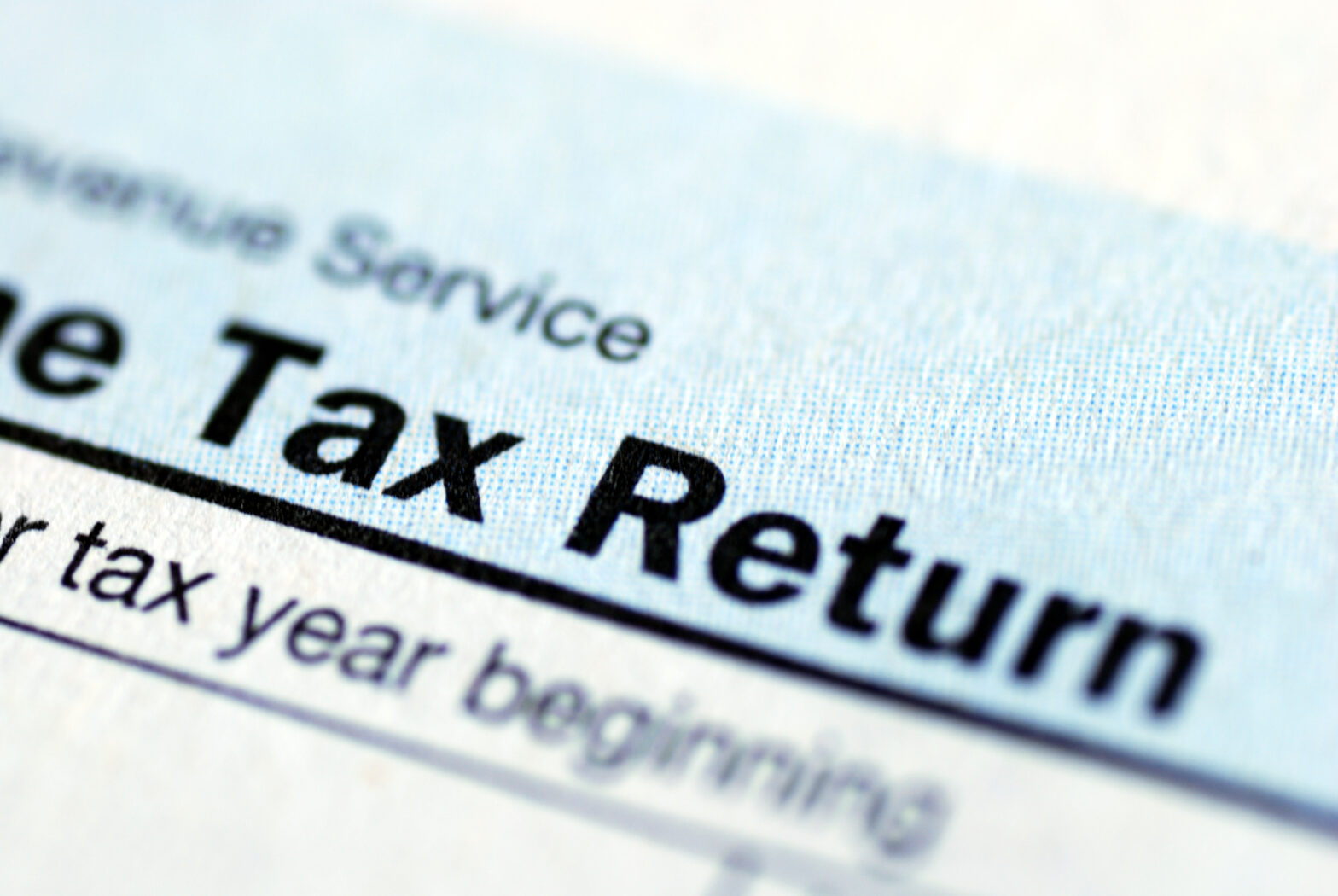HM Revenue and Customs is responsible for administering and processing the R&D tax credits incentive, also known as R&D tax relief, through the corporation tax system.
R&D tax credits have increased significantly since they were launched, and today UK businesses can obtain a 26% rebate on their R&D expenditure – this can rise to 33% for loss-making businesses.
Although there has been a continuing increase in the number and value of R&D tax credit claims, there are still thousands of companies – especially software development companies – that aren’t claiming what they’re entitled to.
Number of software development companies claiming R&D tax credits from HMRC
HMRC’s latest statistics for R&D tax credits are for the 2014-15 financial year. Once again, there was an overall increase in the number of tax relief claims submitted, as well as in the overall total amount of relief claimed.
>See also: Tech firms more confident than other businesses of growth in 2017
The total number of claims in the 2014-15 period was 22,445, with 18,630 claims under the small and medium enterprise (SME) scheme (an increase of 16%). The industry sectors with the largest number of claims were ‘Manufacturing’, ‘Professional, Scientific, and Technical’, and ‘Information and Communication’.
Software development activities are included under the ‘Information and Communication’ sector, which had 5,165 R&D tax relief claims in the 2014-15 period.
How many other software development companies are eligible to claim R&D tax credits?
The Department for Business, Innovation & Skills has provided business population estimates for 2015 showing that there were 1.3 million employing businesses, with 73,035 employing businesses in the ‘Information and Communication’ sector.
If 20% of businesses in this sector – over 14,5000 – are eligible for R&D tax credits, there are over 9,000 businesses in this sector, including software development companies, that are eligible to claim R&D tax relief but are not doing so.
Misconceptions about claiming R&D tax credits for software development
There are several misconceptions about claiming R&D tax credits that prevent legitimate claims across the software development industry.
Businesses don’t qualify for R&D tax credits
There’s no simple checklist to determine what projects qualify for R&D tax relief, but in general, the business must be undertaking development activities that seek to achieve an advancement in technology, which many software development companies are doing in their day-to- day work.
If your business faced technological uncertainties at the start of the project, and did not know whether a particular technological goal was achievable, that’s a good indication that qualifying R&D activities were taking place.
Claiming R&D tax credits is too complicated
Smaller companies may feel overwhelmed by the HMRC definition of R&D, and may not have the internal resources available to do further research on claiming R&D tax credits.
However, HMRC publishes a manual on R&D tax relief and has provided a simple guide on R&D tax relief for small and medium-sized companies. There are also specialist HMRC units able to help with your claim, and you can find further assistance by contacting a specialist R&D tax credit advisor.
>See also: 4 practices in IoT software development
In 2014-15, over 85% of the R&D tax credit claims in the ‘Information and Communication’ sector were made under the SME scheme, with an average claim of more than £46,000.
What software development projects qualify for R&D tax credits?
Common types of software development projects that may qualify for R&D tax relief include:
• State-of- the-art software for new projects, or new functionality for existing R&D projects.
• Tools to extend the functionality of software applications or an operating system.
• Extensions to database software, programming languages, or operating systems.
• Software development tools, such as tools to port data across platforms, and tools for image processing and character recognition.
• Novel data management techniques, such as new object representations and new data structures.
• Innovative methods of capturing, transmitting, manipulating, and protecting data.
• Software to run new computer hardware.
• Software to run on devices with pre-installed operating systems, such as handheld GPS, mobile phones, and tablets.
• Means of integrating hardware and software platforms.
What costs are eligible for R&D tax credits?
The main areas of costs that can be claimed are:
• Staff costs (gross pay, employer’s National Insurance contributions, and employer’s pension contributions).
>See also: Solving the developer shortage: is the digital skills gap a myth?
• Agency workers/externally provided workers.
• Sub-contractors/freelance workers.
• Software licence costs.
• Consumable items (materials or equipment used or transformed by the R&D process).
How to ensure you are claiming your full R&D tax credit entitlement
There are several key ways to ensure that your R&D tax credits claim is maximised.
Know what sort of projects qualify for R&D tax credits
Many businesses don’t realise that they are undertaking eligible qualifying activities. If your technical lead (the R&D manager, lead engineer, or lead developer) is struggled to overcome the technical challenges of your project, your project will almost certainly qualify for R&D tax credits.
Know what the criteria for R&D tax credits are
It is not uncommon for businesses who do submit R&D tax credit claims to do so for only some of their qualifying projects. In addition to being able to claim for projects that are obviously breaking new ground, you can also claim R&D tax credits for projects aimed at making an appreciable improvement to existing technologies.
Remember to claim for the indirect staff that are involved in R&D projects
Your R&D project team may include the R&D manager, a lead developer, engineers, project coordinators, quality control and testing specialists, cost accountants, admin support staff, and members of the senior management team. You can claim for each of these roles in proportion to the amount of time they spent on your projects.
>See also: The current state of software security
Ensure you are claiming for all eligible costs
It is not uncommon for claims to miss including freelance contractors that are actively involved with the project. You can also claim for overseas contractors – this includes subsidiary costs, as long as those costs are included in your profit and loss account.
Follow a team approach when preparing your R&D tax credits claim
It is best to take a team approach when you prepare your R&D tax credit claim. This helps ensure that you capture all eligible projects, costs, and people that have been involved in the qualifying R&D activities.
The best person to lead the R&D tax claim process is often the technical lead, rather than a member of the finance team. This is because the first and most important step in making your claim is identifying all your eligible projects.
Sourced by Lauren Olson, Myriad Associates










